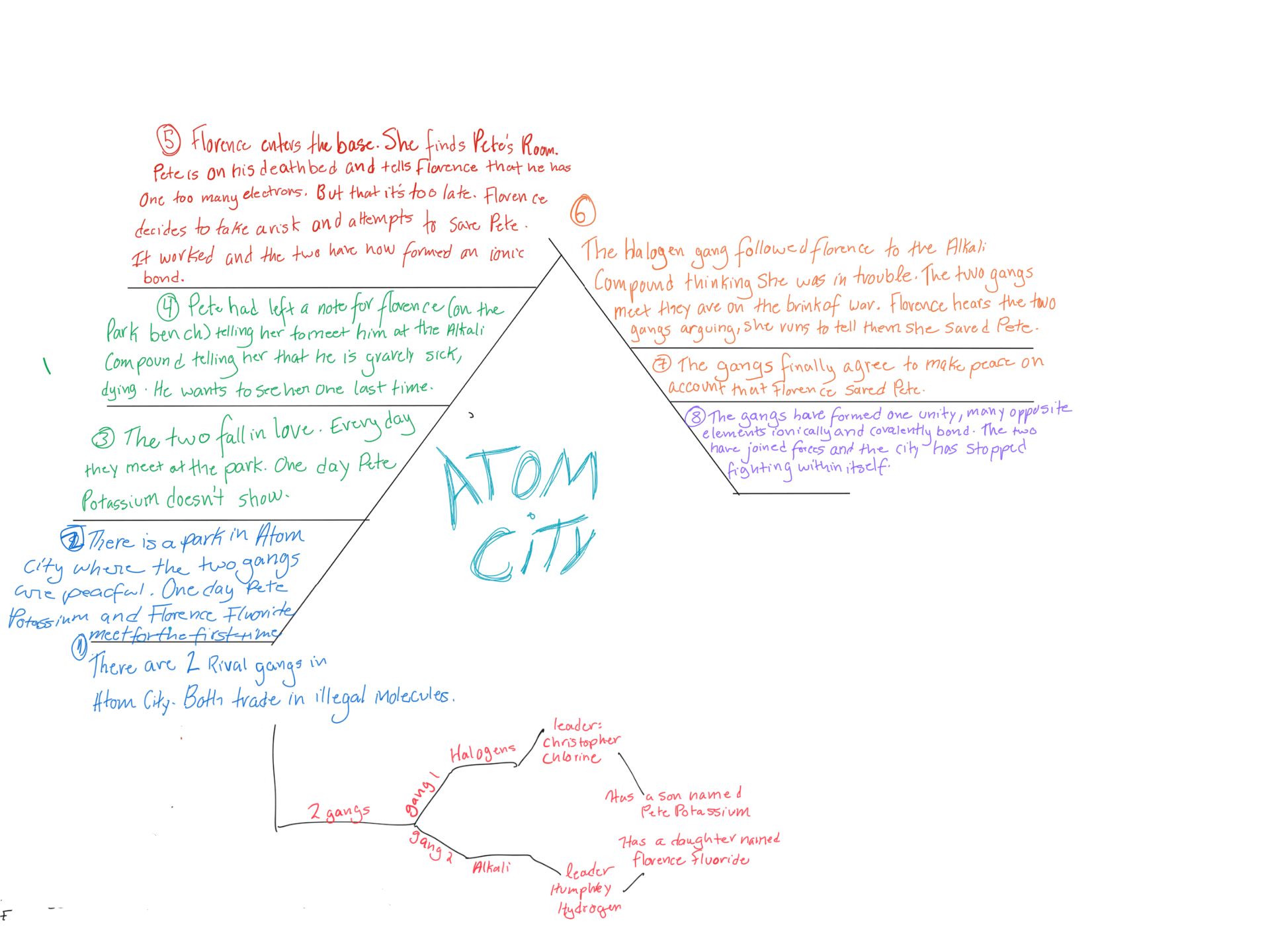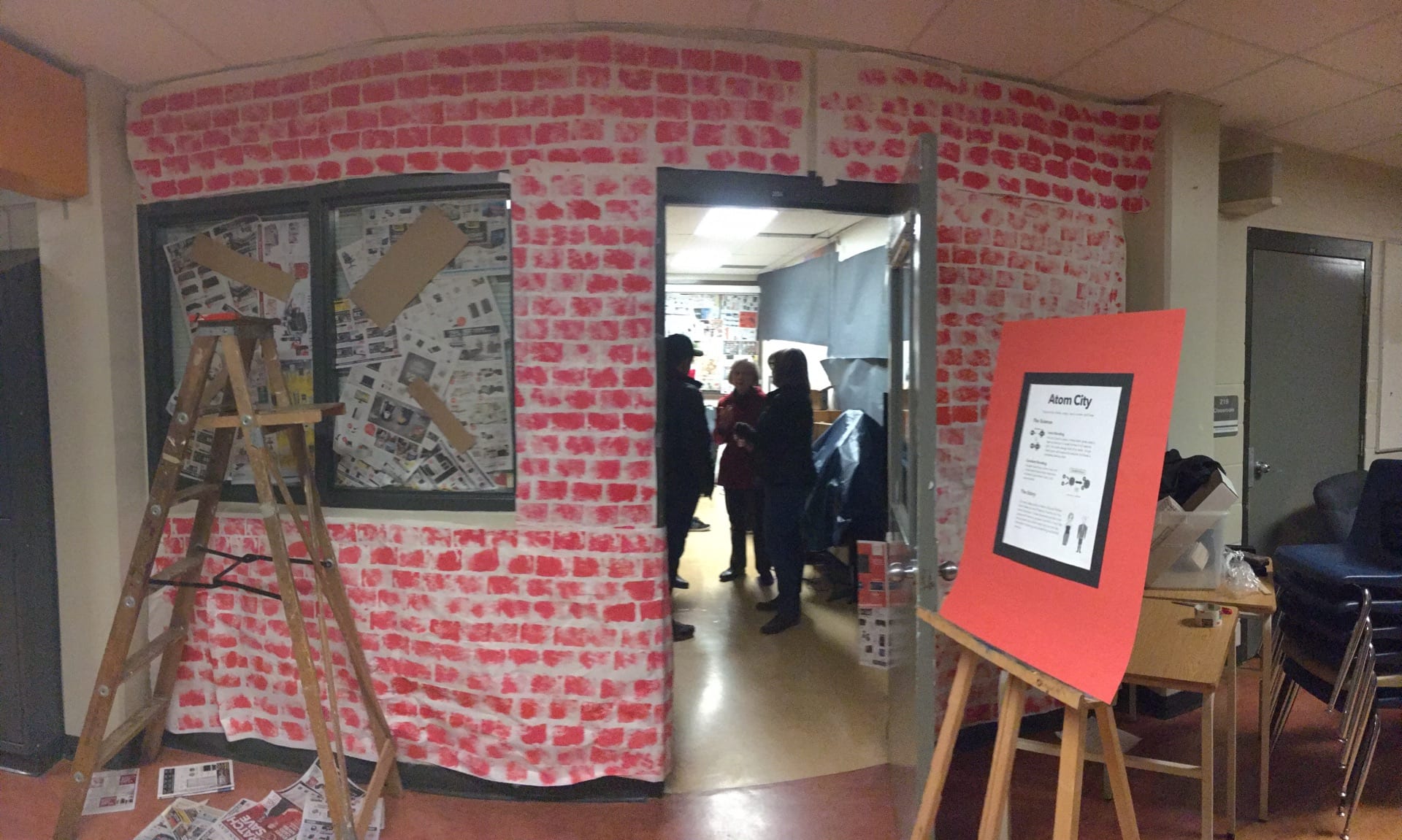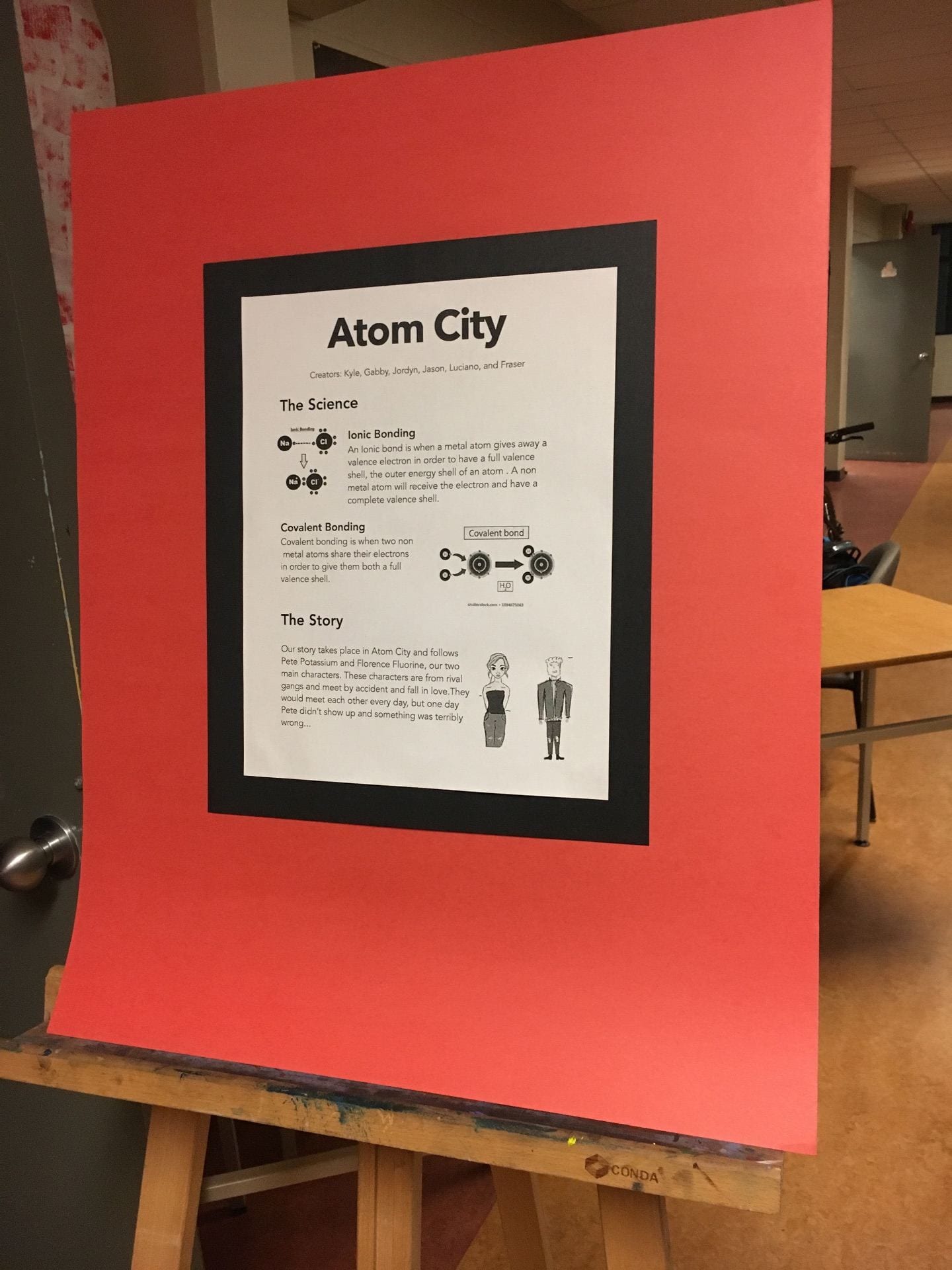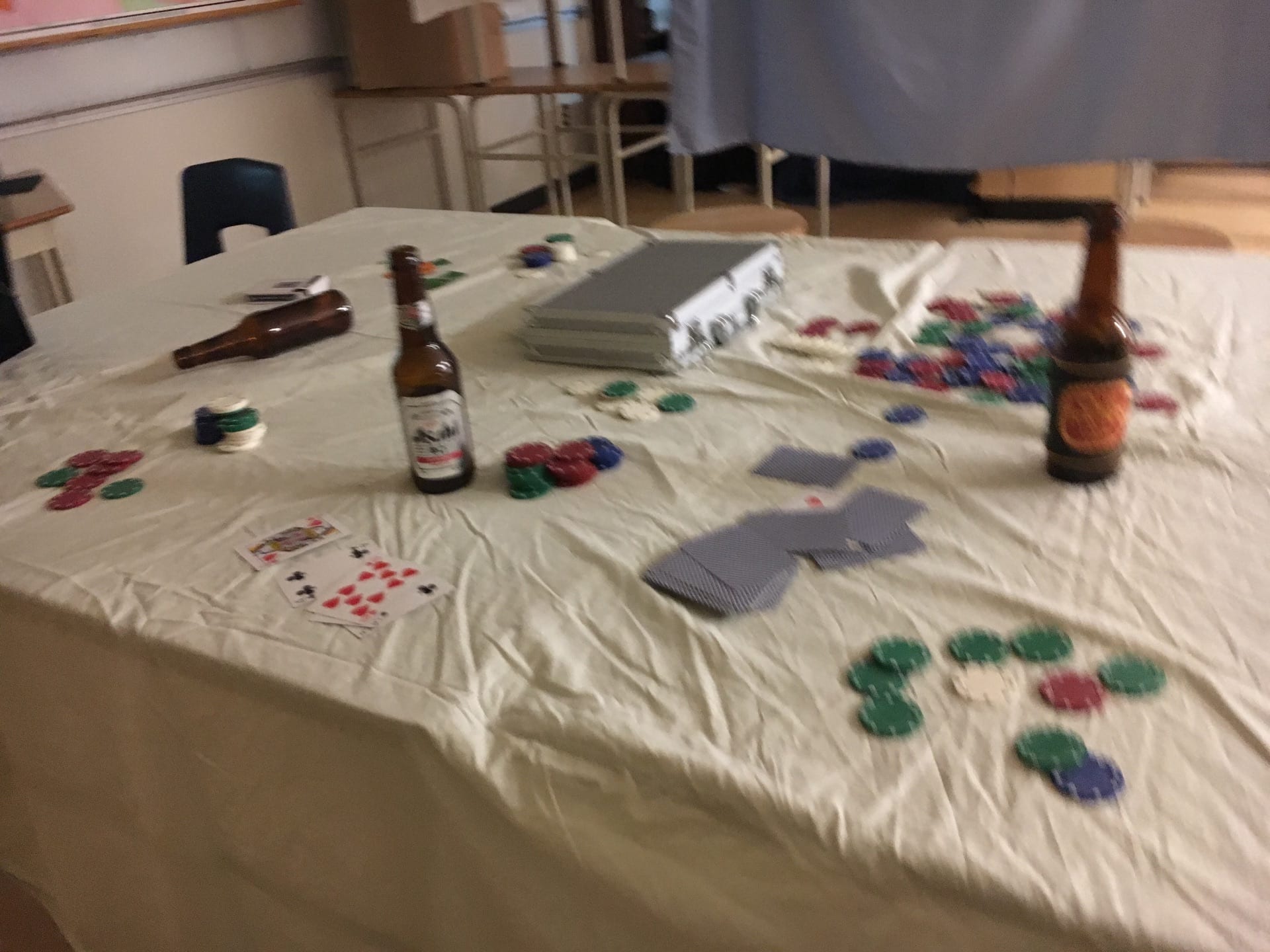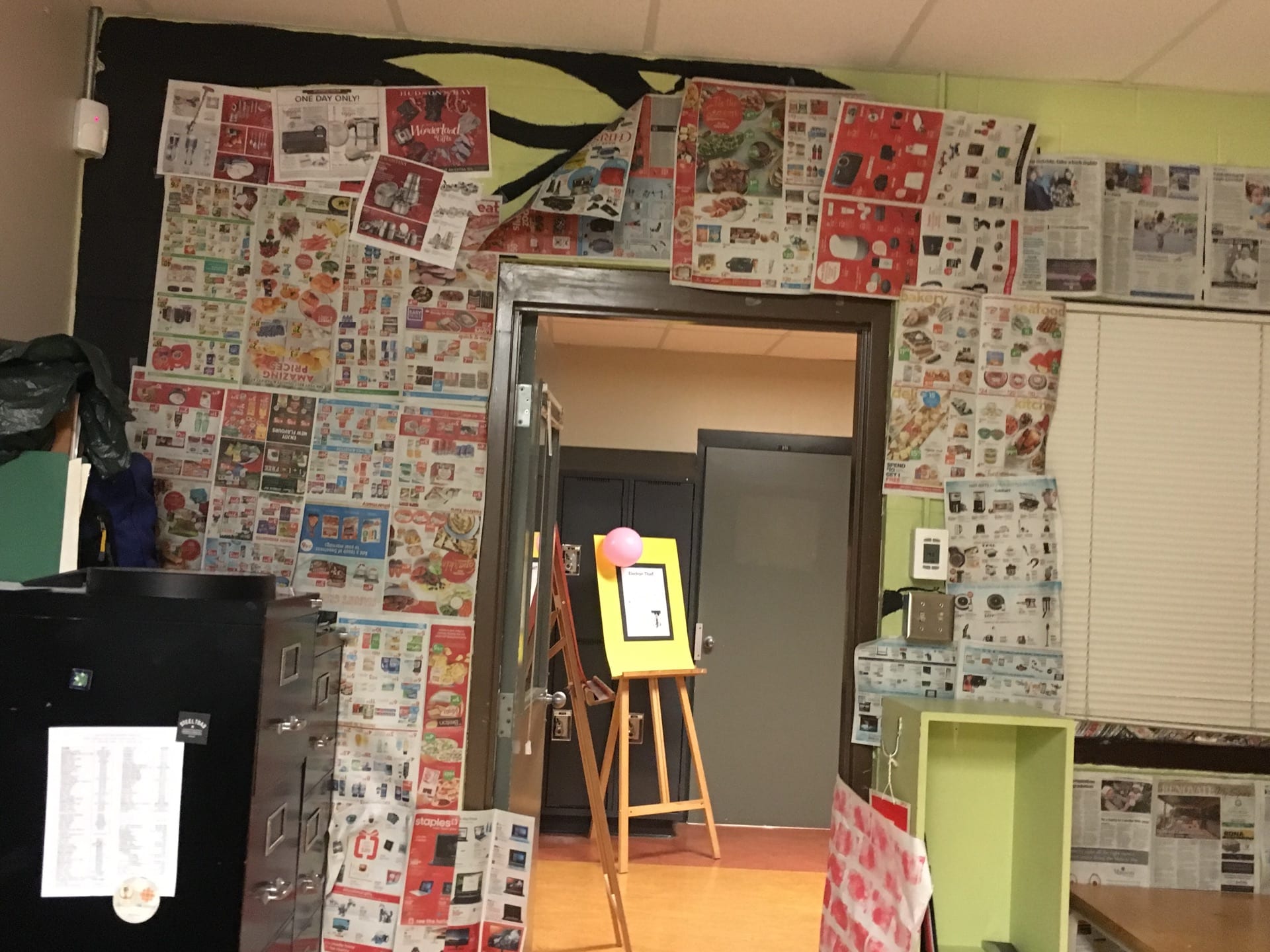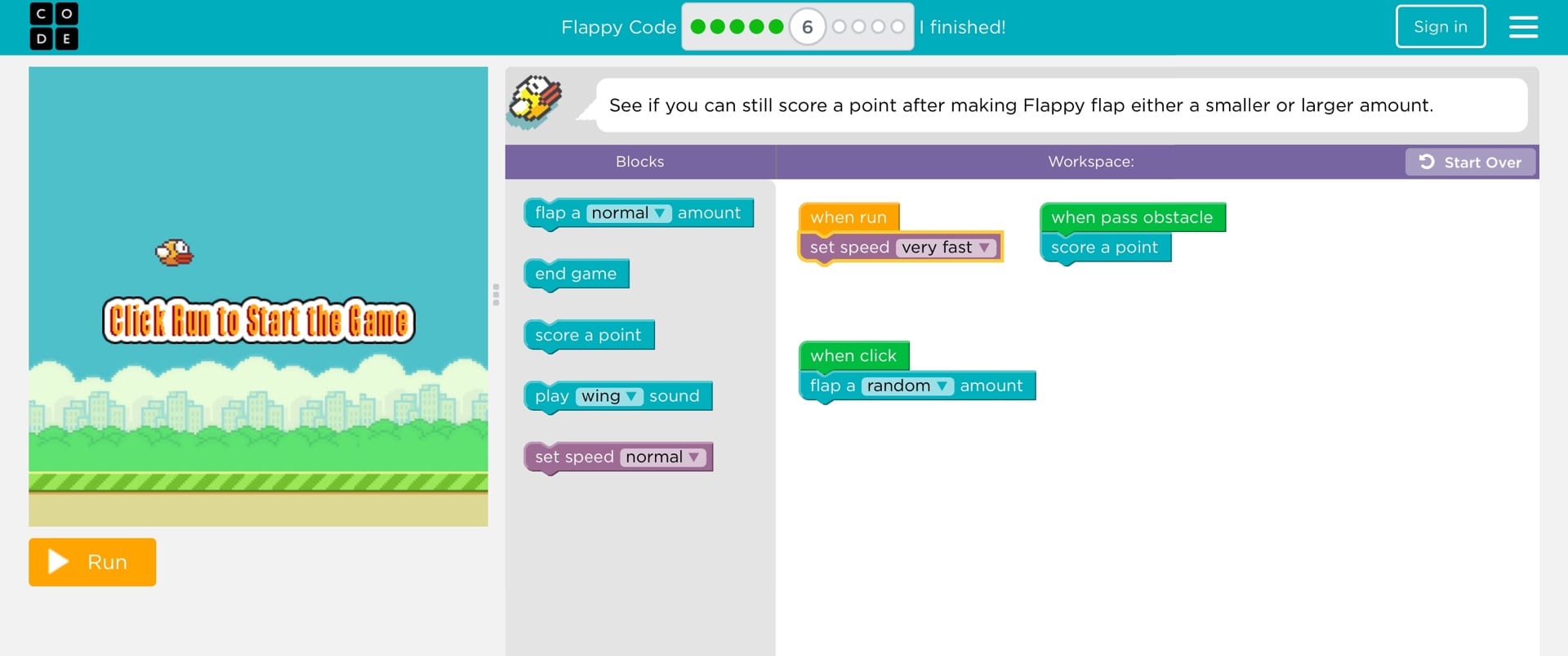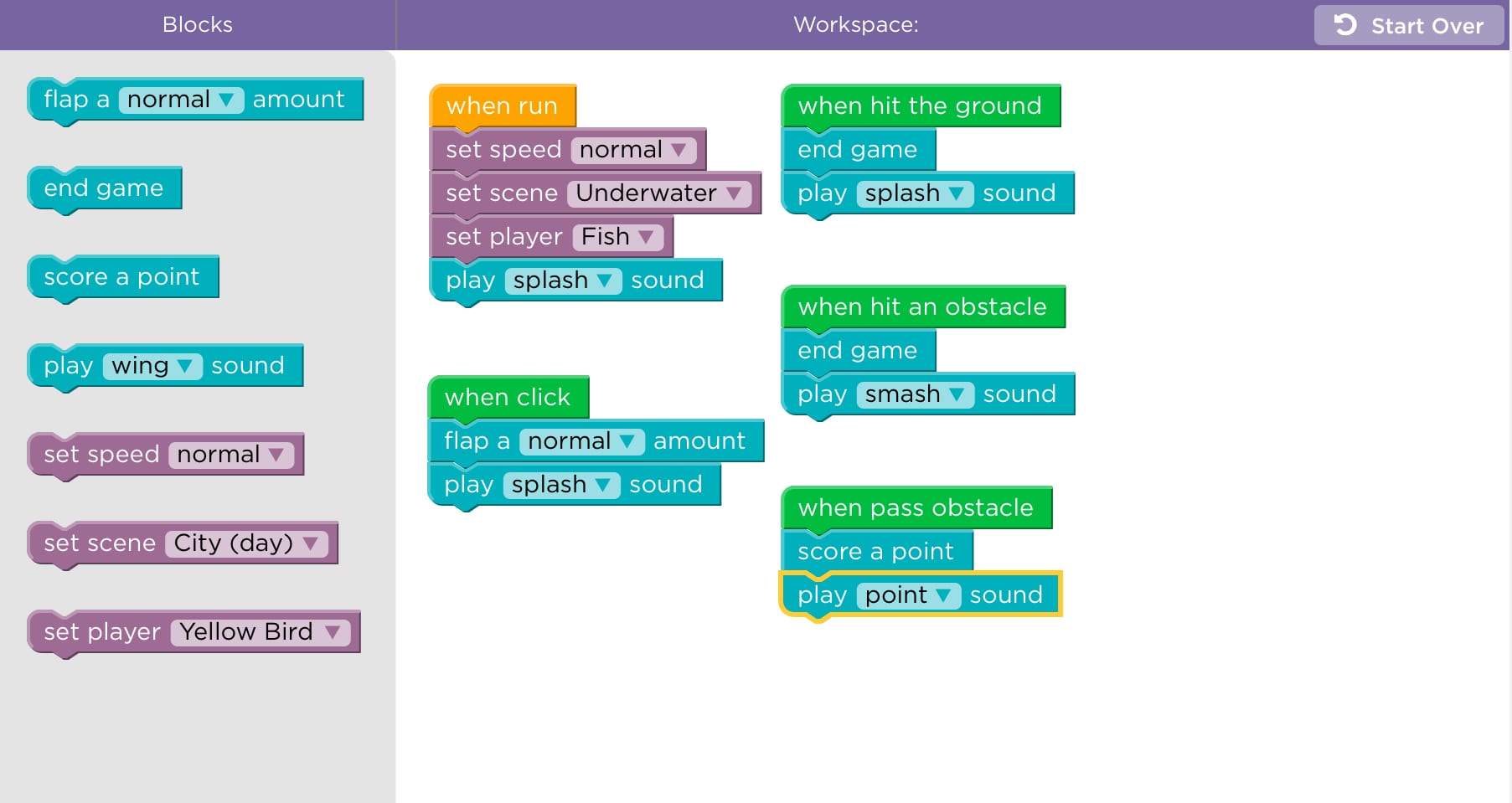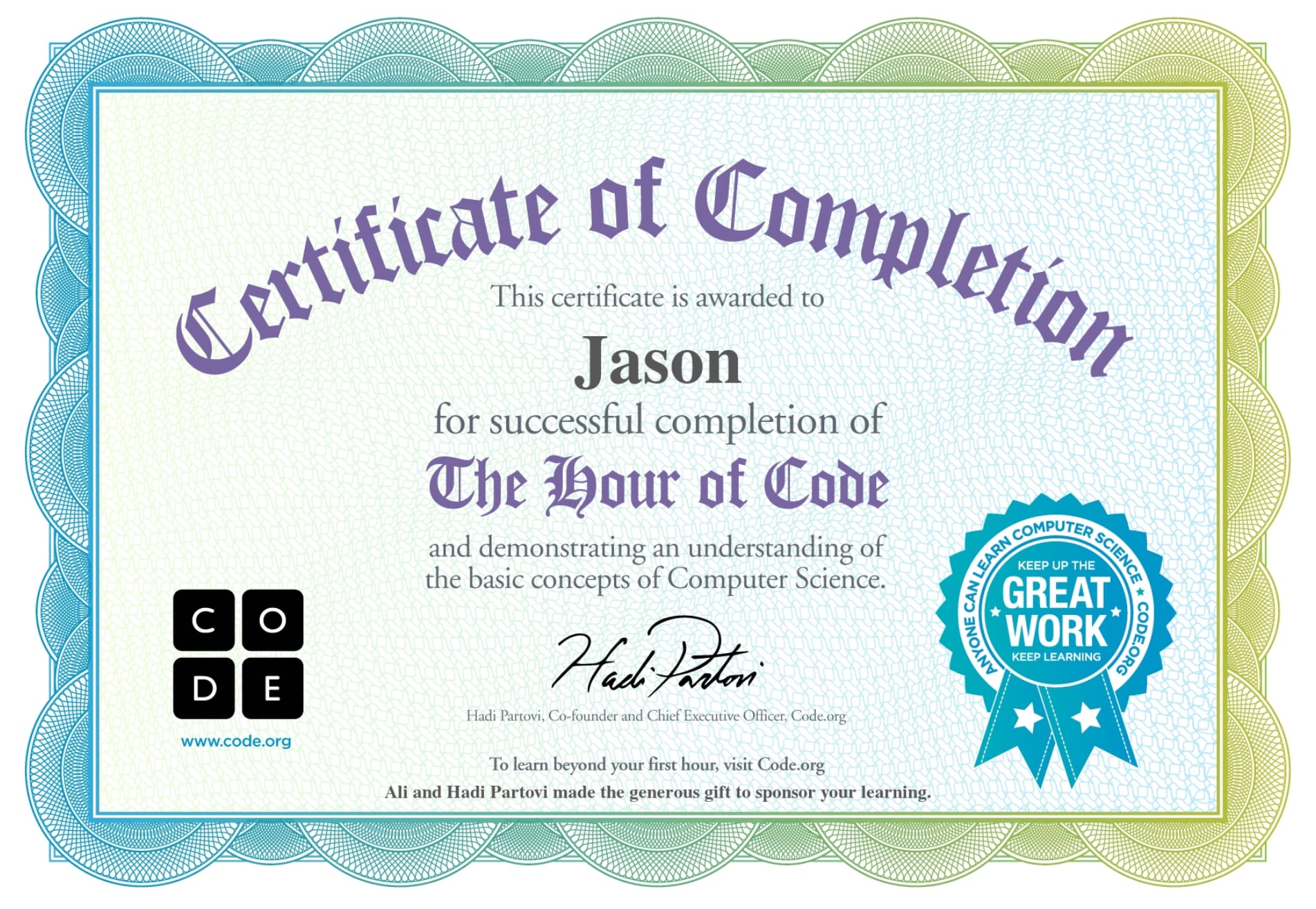Do you know what time it is? Because I do.
It is a new year, a new term, and January is here, bringing foul weather, and along the way, through all the change, my old foe the mPOL has snuck him(or her)self back into my life.

Now, it’s the time of year again, and I, Jason Guan, will attempt to reflect on my learning, my growth, my goals, and hopefully set some new goals with the help of my new friend (or maybe foe), PGP.
As always, I will be going down the subject list, discussing all the usual things and using specific examples from my projects and work throughout the terms. Let’s begin:
PGP
PGP is our newest PLP addition, and it is one of my main focuses for this mPOL post. PGP is pretty much if there was a class dedicated to m/tPOLs. There’s a lot of reflection and a lot of goal-setting. PGP is where I make my goals, and try my best to achieve them. In PGP, we’ve been reading a book called “What Do You Really Want?”. This book has helped tremendously with PGP, mPOLs, and Goal Setting.
One of the assignments for PGP was to make a dream-board, which is like a mind map/collage of pictures or drawings of things that impact my goals. Idols, mindsets, values, beliefs all go in, as well as labels and quotes that stick out to you. I focused on my goals for the future and what I want to achieve academically, and what I will need to work on and what the skills I will need. I also have a section for my hobbies, especially music, and some other things I value.

Humanities
Humanities was a solid term this year, in my opinion. I stuck to my goals, and I’d like to think that I did pretty well. My biggest foe in humanities was time management. I got caught in a cycle and really had to grind it out in order to be on time. This year, with the help of some new allies (Things, Calendar), I’ve been able to stay on top of my work and not fall behind.
This year, I’ve adopted some new goals, the first of which being to continuously use critique, not just as a one-time-use type of thing. I feel the mistakes I’ve been making are sometimes ones that I’ve made before, so I’m now trying to keep an eye out for those types of things. For example, if I get a comment that I’m not using enough links or photos, I’m going to try to keep track of that so I don’t make the same mistakes.
My projects in humanities have been consistent, with mostly no major differences in how well I’ve done in the projects. However, I’d like to use an example from humanities as an example of how my new goal could have come in handy.
The Identity Video was my first big video project in Humanities, followed up by the Metaphor Machines project. These projects had many similarities (usage of video), but also had many differences. Some of the critique was very much alike, as there was critique related to audio and volume control, as well as video length. I think that if I had used my Identity critique more during the Metaphor Machine project, I could have avoided many problems.

The Exhibition also went well. I believe something else I may need to work on is communication, as that may have helped with time management during the exhibition and taken some of the workload off. I think the exhibition really helped me work well under pressure (construction) and helped me polish my teamwork and cooperation skills.
Maker
Maker has been a very useful class. Video skills have been incredibly useful as I’ve been able to use them for all of my projects. Maker is also very unique as it is a class that teaches skills to prepare for other classes, such as Growth Mindset and LAUNCH in Grade 8, and Video Skills in Grade 9. My main goal for Maker is mainly to persist, as sometimes I will get stuck on a project and sometimes get distracted with other things. In those instances, my goal is to able to resist all impulses, buckle down, and get the work done.
I think one of my greatest achievements in Maker has been the Live Event video project. My Live Event Video was very interesting as it was a culmination of everything I had learned so far, and I think I did a good job for a variety of reasons.
1: My Video was very creative. I was able to create some sort of event out of thin air, and make it somewhat bearable to watch. I think that’s a pretty good achievement.
2: I think that I did a good job in using all the skills I had learned before. I was able to successfully use the speed changes to sync up my clips to the music and reduce the time. I also edited it pretty well, with the score displays and the interviews.
3: I was able to think well on my feet. During the editing phase, I had way too much footage, and not enough time, so I was able to sue the iMovie skills (speed changes) to reduce the time. I was also able to work well on my time management during this project.

On the other end of the spectrum is the Student Blogging Challenge. In this project, my old nemesis, Time Management struck again, as I wasn’t able to keep up with the 1 post per week schedule and occasionally fell behind. The vicious cycle continued for most of SBC as I wasn’t able to catch up too well. However, I think if there’s one good thing to take out of this experience, I was able to stay calm through tough times, and didn’t have to rush my posts and kept the quality up and consistent.
Scimathics
Scimathics was pretty calm most of the time. I’ve been taking math and science enrichment classes since 6th Grade (not trying to brag), so science and Math classes were pretty breezy, but I have a specific habit of Mind that I’m referring to for this unit, and that is remaining open to continuous learning. Anyone who knows me can tell that I can sometimes be a stubborn person. That’s why I think this habit of mind can be good for Science and Math, as I need to know that I can always learn more. My learning is not restricted and it hasn’t stopped just because I’ve already learned the topics we study.
This is one of my main scimathics goals, and I’ve already started to work on it. For example, I was able to learn much more during the Circuits unit as I hadn’t learned too much in Circuits. Metaphor Machines taught me much more circuit knowledge that I knew before, and I was able to keep my mind open and keep a growth mindset.
However, chemistry was where this skill also came in handy. Much of the chemistry unit was a review of knowledge I had previously known, but I was able to use my knowledge to help my peers who were having trouble understanding the concepts. I was able to use my knowledge to help teach others, and that’s a success in my books. I could have been easily distracted in this unit, as I could have not payed attention in class and focused on other things, but I resisted impulses and was able to complete the unit pretty well.
Final Thoughts
The mPOLs are a time to reflect on work, and that’s what I’ve been doing. As I mentioned before, every subject is unique, and requires different goals, so I have quite a few goals for the New Year. Time management is not as big of a concern anymore, with organization also taken care of. As I said before, my goals go as so:
Humanities: Better utilising critique continuously
Maker: Persistance (and Time Management)
Scimathics: Remaining Open to Continuous Learning
My process for selecting these is that I’ve gone back and looked at all of my projects and thought to myself, “What could I have done better?”. However, I also have a main goal, which is to use the skills learned in PGP more often, such as using time blocking better. Another thing I’m also trying to work on is using PGP in other classes as well. The skills of PGP can be used in many solutions and can come in very handy in other classes.
I think I’ve had a good half of a year so far, and I hope to stick to my goals. In terms of growth, I think the goals I established have already helped me grow as a learner so much already. For last year’s goals, I think I’ve been able to stay on top of them and keep them in mind when doing work or other assignments.
Whew. That was a very long post. I hope you enjoyed it. I very much doubt anyone would read to the end of this 1500 word post, but congrats to you if you did. You deserve a medal or something. Well, bye.
This is a very tired Jason, signing off.





















